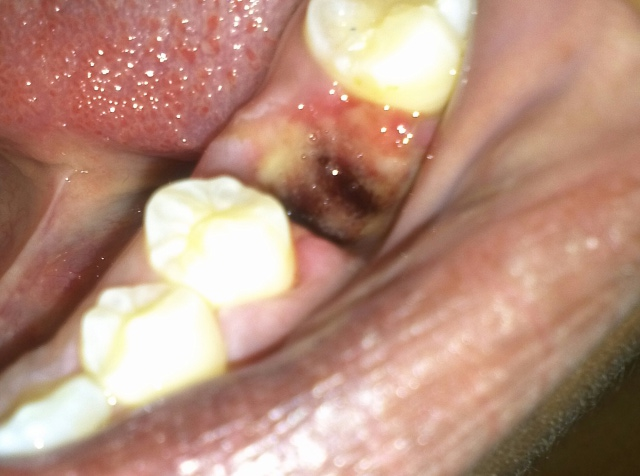How to Diagnose Dry Socket

Getting a tooth pulled is quite a painful experience on its own, but it can become even more uncomfortable in case of a dry socket. When a tooth is extracted, the hole in the bone from where it is removed is called a socket. In a normal situation, a blood clot forms in this socket to protect it and the nerves underneath from air, bacteria and debris. However, sometimes this clot becomes dislodged, leaving the hole that it was supposed to protect exposed to everything that enters the mouth. The pain that follows is excruciating, and a risk of infection also develops.
It is possible to reduce the pain and inflammation in the mouth by an early diagnosis of dry socket. There are certain symptoms that can aid one in becoming aware of the problem.
Instructions
-
1
Dry socket typically occurs only when a tooth has been extracted. Therefore, if you have been feeling a lot of pain since getting the tooth pulled out, then there is a possibility that you have developed a dry socket. Keep in mind that it is normal to feel pain for three-to-four days after getting a tooth pulled out. The situation becomes alarming only when the pain continues beyond that period. If you are experiencing severe pain despite not having had your tooth extracted, then you should rule out the possibility of dry socket.
-
2
Dry socket occurrence follows a slight pattern. It has a greater probability of developing in case of the extraction of lower teeth, especially the molars. Another thing to remember is that certain people are more prone to develop this condition than others. Smokers, people with poor oral hygiene, women who regularly use birth control pills, etc. are all at a greater risk of developing dry socket. By recognising these patterns, one has a greater chance of being able to diagnose dry socket.
-
3
You cannot diagnose dry socket unless you know what it is. Understand what the condition involves and learn about its potential causes. Additionally, identify the factors that cause pain, so you can avoid them when and if possible.
-
4
Aside from intense pain, dry socket can be diagnosed through several other symptoms. These include a bad taste in the mouth, bad breath and spasms of the jaw muscles. The presence of these symptoms along with the pain following the extraction of a tooth may help you recognise the potential problem.







